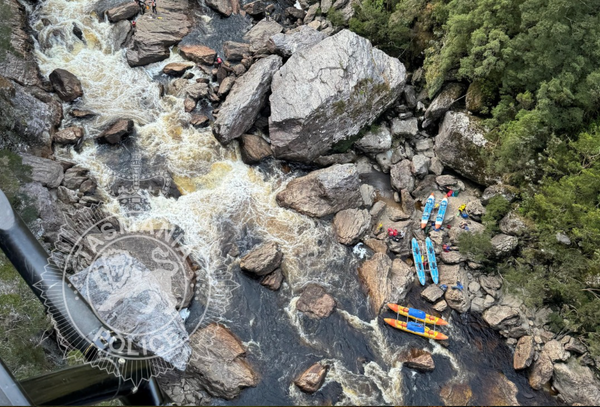As a designer and maker of contemporary cottage-style gardens, you will often see an abundance of wildflowers and meadow plantations included in my gardens. You may have also seen the beautiful wildflower display I have surrounded my kitchen garden with at my home. Now is the time to prepare and sow these seeds and I’m going to take you through how I do this in my own garden to create beautiful floral displays.

1. Measure and order
The first step is to measure your garden area and determine how many grams of flower seeds you will need, I recommend three to four grams of seed per square metre. So as a rule of thumb:
- 1 sq m: 3–4 grams of flower seed.
- 10 sq m: 30–40 grams of flower seed.
- 100 sq m: 300–400 grams of flower seed.
These measurements are a guide for wildflower mixtures and may vary depending on individual seed requirements.

2. Soil preparation
This can be a time-consuming process, so to make the most of your time, it’s best to start this process in late winter so that you’re prepared for spring sowing. When it comes to growing seeds in the ground, you’ll always need to tackle grass and weeds in the desired area for sowing your wildflowers. While some people prefer using newspaper or moistened brown cardboard to cover the area, I personally opt for an organic herbicide like Bioweed to spray the area.
After spraying, I allow the area to rest for two weeks before performing a follow-up spray to ensure all the weeds are eliminated. Once you’re confident that all the weeds and debris have been removed, it’s time to prepare the soil. If you have good soil, simply turn over the ground in the area using a garden fork and spade. If needed, you can add additional organic matter by using compost or soil.
3. Sow your seeds
One thing you will notice once you have received your flower seeds is just how small the individual flower seeds are; poppy seeds, for example, are less than a millimetre in length so it is important to remember the following. Place your flower seeds into a clean and dry bucket, then add fine washed sand (available at most hardware stores and garden supplies). Use 20 grams of fine washed sand per two grams of flower seeds.
Now you have the two in the bucket use your hands to turn over and mix thoroughly together. Once you are satisfied you have mixed the seeds in, it’s time to sow your seeds. While standing in the area you wish to sow, simply grab medium-sized handfuls of your seed mixture and sprinkle over the desired area, being careful not to go too heavy and use all of the mixture too early.

4. Mulching your flower beds
Once you have spread your wildflower seeds it’s important to mulch the area using a sugar cane mulch. This will help retain moisture and prevent birds from eating the seeds. Apply a thin layer making sure it’s not too thick that it prevents the sunlight from reaching the seeds and hindering their germination.

5. Garden watering
It is important to keep in mind the small size of flower seeds. Instead of soaking your plantation, opt for a gentle mist to ensure the seeds remain moist. Regularly water your plantation and gradually increase the amount of water as the flowers grow.
As you focus on sowing your wildflowers this month, I will put together a list of other tasks you can work on in your garden this springtime as well as more flowers and vegetables you can sow. If you’re wanting to use the same seeds I do to create these floral displays, visit Meadow Flowers Australia to view their full range of wildflowers.
This article originally appeared on Home Beautiful and is republished here with permission.







